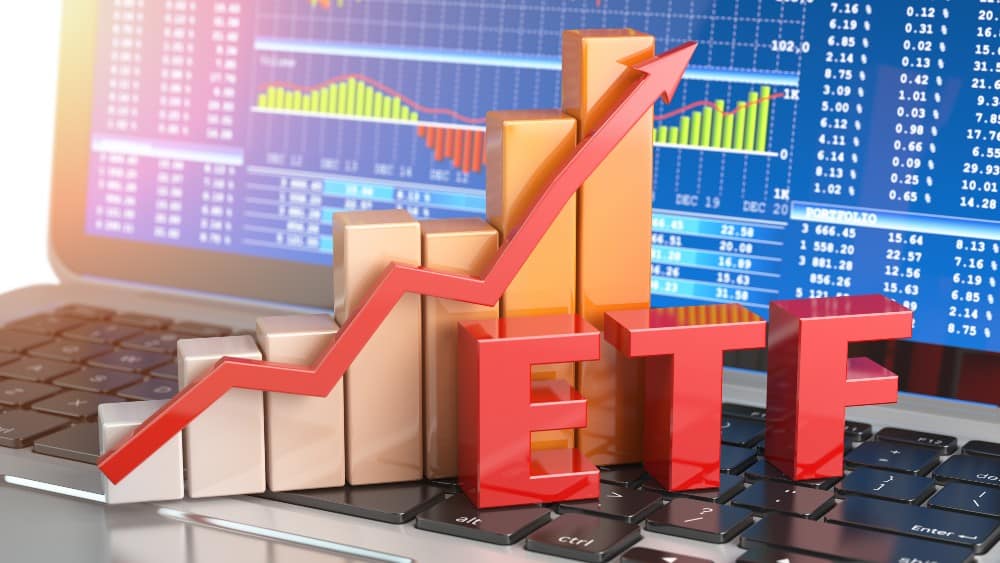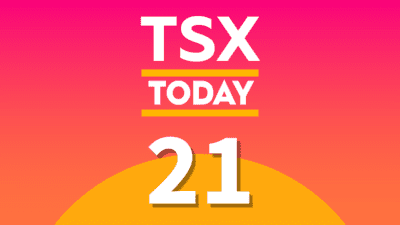The U.S. stock market comprises just over half the world’s stock market by market capitalization (55.9% to be exact), so its a no-brainer to keep a majority of your portfolio in U.S. stocks, at least in my opinion. The problem is that buying U.S. stocks can be expensive, thanks to currency exchange costs, which can quickly add up and eat into your returns.
From my point of view, a better option is buying an exchange-traded fund (ETF) that tracks a well-known U.S. stock market index, such as the S&P 500, NASDAQ 100, or Dow Jones Industrial Average. Thankfully, fund managers like Vanguard, iShares, and BMO have a variety of great, low-cost ETFs for doing exactly that. Let’s take a look!
Vanguard: S&P 500
The S&P 500 is a famous stock market index that tracks the largest 500 companies listed on U.S. exchanges. When people talk about “beating the market,” they’re referring to the S&P 500, and professional hedge fund managers use it as a benchmark to compete against.
The stocks in the S&P 500 are mostly mega, large, and mid-cap stocks comprising all eleven stock market sectors, with 27% concentrated in the technology sector. A great way to buy the S&P 500 in Canadian dollars is via the Vanguard S&P 500 Index ETF (TSX:VFV). VFV costs a management expense ratio (MER) of just 0.08%, or $8 annually for a $10,000 investment, which is extremely cheap. As an FYI, a MER is the yearly fee associated with buying and holding an individual investment fund.
iShares: NASDAQ 100
The NASDAQ 100 index is comprised of the top 100 non-financial stocks listed on the NASDAQ exchange. Compared to the S&P 500, it’s significantly more concentrated in both mega-cap and technology stocks. In recent years, it’s become a benchmark for the U.S. tech sector and large-cap growth stocks. Recently, the NASDAQ 100 entered into a bear market (20% loss from previous highs).
A great way to “buy the dip” during the current bear market is via the iShares NASDAQ 100 Index ETF (TSX:XQQ). Like VFV, XQQ is highly popular, with good assets under management (AUM), and a high daily trading volume. However, it’s more expensive, with a MER of 0.39%. Still, for a high-risk, potentially high reward play, XQQ is a great ETF.
BMO: Dow Jones Industrial Average
The first U.S. stock market index was the Dow Jones Industrial Average, which came into existence in 1896. Today, the Dow tracks 30 U.S. large-cap, blue-chip stocks considered leaders in their respective sectors. Investors who want to buy the Dow can do so via the BMO Dow Jones Industrial Average Hedged to CAD Index ETF (TSX:ZDJ).
Compared to VFV and XQQ, ZDJ is slightly less volatile, despite its smaller amount of holdings and lower diversification. This is due to its lower proportion of technology stocks. ZDJ holds more stocks from traditional sectors like industrials, consumer staples, financials, and materials. The ETF is cheaper than XQQ, but more expensive than VFV with a MER of 0.26%.










